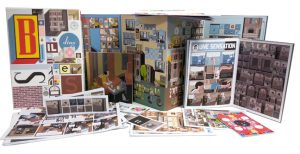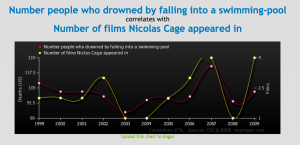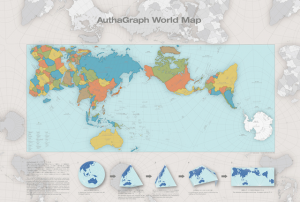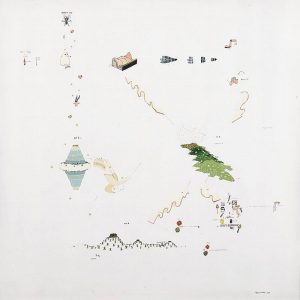Piotr Orlov from NPR asks “What the hell kind of word is ‘Sapokanikan‘?” He later answers, “when parsing the layers of lyrical meaning in Joanna Newsom’s new track wasn’t intriguing enough, there is first the matter of the title’s origin. ‘Sapokanikan‘ was the name of a Native American, Lenape village situated in lower Manhattan pre Dutch arrival, approximately where Greenwich Village now stands — which somewhat explains the accompanying Paul Thomas Anderson-directed video that finds Newsom wandering the streets and alleys of that New York neighborhood historically associated with cultural change.”
Director Paul Thomas Anderson is known for both his full length feature films (Magnolia (1999), There Will Be Blood (2007), and Inherent Vice (2014) – the latter of which features Newsom as a narrator and minor character) and for his music videos for artists including Radiohead, Fiona Apple, and Aimee Mann. The video gives the feeling of Anderson’s trademark long-takes (uninterrupted shots that track character movement without breaks or edits) without actually giving the shots themselves. Instead, a series of tracking shots follow Newsom around lower Manhattan and Central Park, through bodegas and bouts of unsuspecting crowds. The video can be read as a mobile exercise in mapping and layering the city, in which a history of the city is rewritten over and over again in both real-time (the filming of the video) and in subsequent viewings and performances.
There’s a nice moment at the end of the video in which a change of musical tone is matched by a modification in setting and visual tone, as Newsom – presumably by coincidence – encounters an emergency scene. In her words, “Sapokanikan is a ragtimey encomium to the forces of remembrance, forgetting, accretion, concealment, amendment, erasure, distortion, canonization, obsolescence and immortality.” That certainly clears things up.
It’s also worth noting that Newsom often switches away from conventional musical notation in her songwriting process in favour of her own system of written icons and shapes, including half- and full-moons, stars, and other cosmic symbols.
 Follow
Follow


